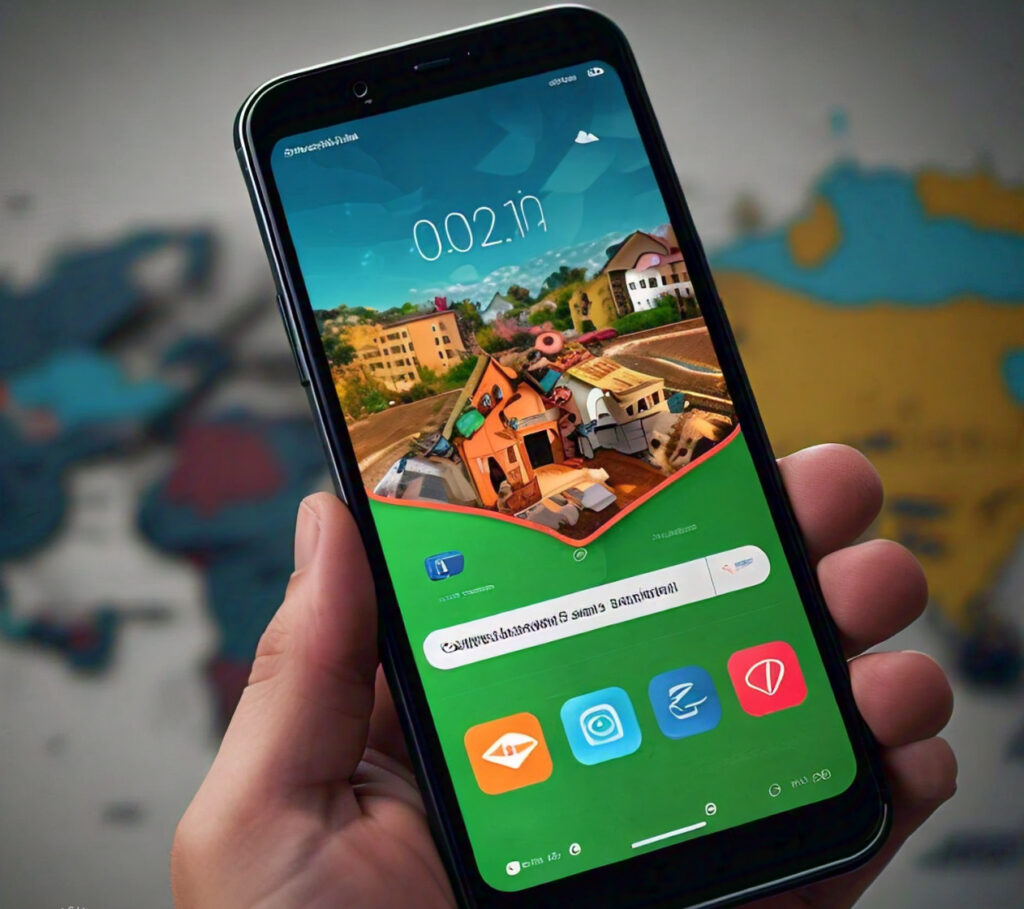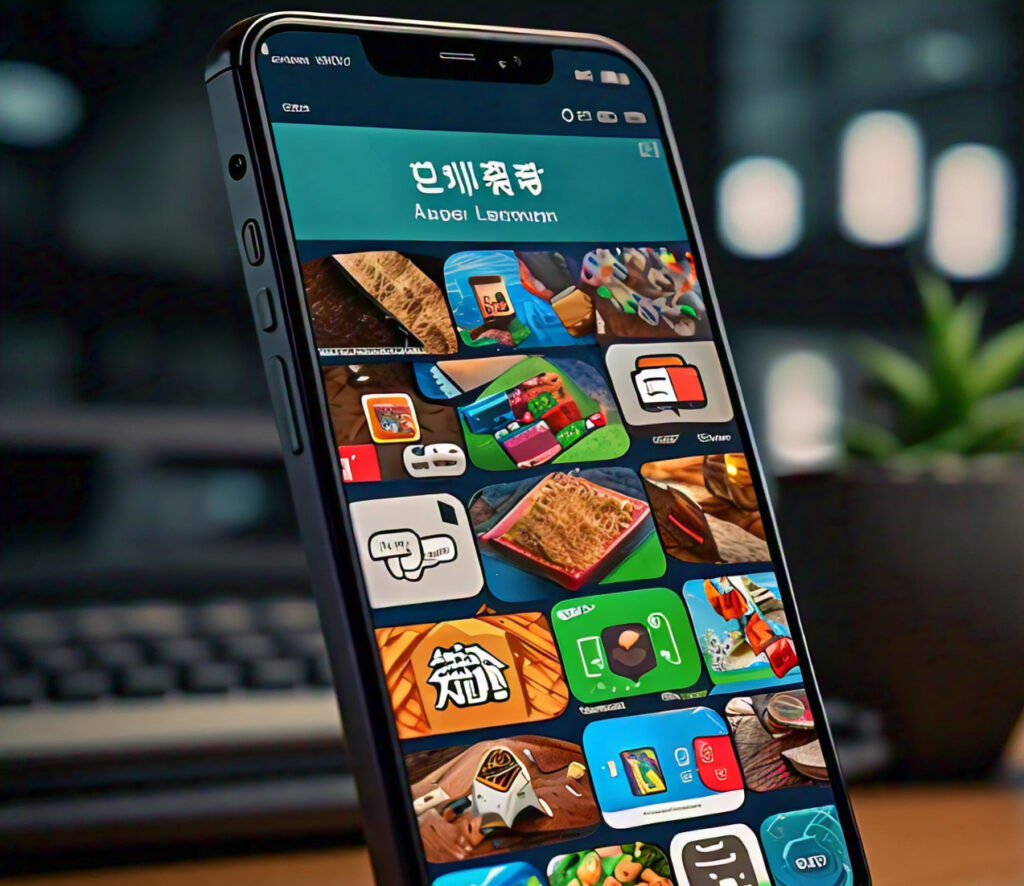Mobile applications, in this connected world, have indeed brought a revolution in the way people live. From social sites to productivity tools, all these are being used majorly by diversified population bases throughout the world.
But if a developer wants ultimate success on an international platform, then he has to take into consideration the importance of mobile app localization.

Mobile app localization is the process of rendering an application to comply with the language, cultural, and technical needs of a certain target market. This goes beyond just translation since basically, it concerns changes in content, design, and functionality of an app to adapt for people of other regions.
Mobile app localization will help you increase your user base noticeably, increase user engagement, and provide huge success for your app in the global marketplace.
The following comprehensive guide will consider various aspects of mobile app localization-from the benefits to the best practices and common challenges. Whether you are an experienced app developer or just about to take the first step into the world of mobile applications, this piece will serve you well in your effort to provide a truly global app experience.
Why Mobile App Localization Matters
Expanding Your User Base
One of the major reasons to localize your mobile app is the possibility of reaching a global audience. By adapting your app for various languages and cultures, you open up doors for millions of possible users who might like to use your application but can’t due to a lack of suitable support.
Think about it-English might be a lingua franca, but the majority of the world does not have it as their native language. Publishing your app in different languages can open up to you markets where English, or the lack thereof, may limit the number of registered users in countries like China, Japan, and even Brazil, and can result in a huge growth spurt for users and hence, your revenues.
Better User Experience
Localization isn’t limited to translating text alone. It aims to make everything natural, intuitive, and simple for users from a diverse region. That means local cultural nuances, customs, and even regional preferences are considered during feature design and development.
For instance, some color choices might be good for one culture but hostile in another. The most apparent thereof differences are those in the format of dates, unit measurements, and even the writing direction from left to right or from right to left. You first address these issues so the interaction can feel more comfortable and engaging. This eventually leads to higher satisfaction and retention rates.
Improving App Store Rankings
App stores, such as Google Play and the Apple App Store, use a variety of complicated algorithms for application ranking and suggestion. One of the ranking factors is how relevant the application is to users in certain regions. By localizing your app, you’re going to increase visibility in local app store searches, thus furthering downloads and ranking.

According to him, localized apps manage to even secure better ratings from users, and they are showered with reviews meaning users can go the extra mile to rate them high on account of putting in effort to accommodate their language and cultural expectations.
Another advantage of this is that the positive reviews, in turn, can boost your application’s visibility and credibility in different markets.
Key Elements of Mobile App Localization
Language Translation
Most obviously, localizing your application involves translating your text content into the target language. This would be in-app text, app store descriptions, marketing material, and any support documentation.
Hence, it is extremely important to work with professional translation services whose translators are native speakers of the target language and, importantly, surrounded by that very culture. This will make sure that not only technically accurate but also culturally fitting and natural translations are received.
Cultural Adaptation
This is about changing a variety of other elements in your app according to your local customs, values, and preferences. These may include:
- Appropriateness and relevance of images and icons
- Alterations in color schemes to avoid cultural faux pas
- Alterations in content set for local holidays, events, or traditions
- You should ensure that there is localization of humor, idioms, and references in your app’s tone and messaging
Localization of your app’s UI is much more than just translating text. Most of the time, it involves re-designing the elements to handle the characteristics of various languages. Example:
Text expansion/contraction: Languages like German tend to be longer compared to English, while languages like Chinese might be more concise. Your UI should be flexible enough to handle such variations without breaking the layout.
Text direction: Some languages, like Arabic and Hebrew, are written from right to left; this will make a big difference in how you design your app layout and navigation.
Font choices: Choose fonts that cover all characters of the languages in your markets-including accents and special characters.
Technical Considerations
The technical aspects of localization involve:
Date and time: There are different date and time conventions in each region: MM/DD/YYYY vs. DD/MM/YYYY.
Number Formats: Different cultures have different conventions for decimal and thousand separators, such as 1,000.00 versus 1.000,00.
Currency Symbols and Formats: Your application should support various currencies and their corresponding symbols and placement.
Units of Measure: It should automatically convert between metric and imperial when required.
Mobile App Localization Process
1. Planning and Research
In preparing for localization, you need to:
Identify the target markets in which your app would have much potential based on both your app’s potential and your business goals.
- Study the cultural and technical needs of the target markets
- Identify what would need to be localized within the app: text, images, functionality, and so forth
- A budget and a schedule that will be adhered to through the rest of the localization planning phase
2. Internationalization
This is a process in app designing where the features make it user adaptable to several languages and regions in a manner where little or no engineering changes are required. In the process, the following are called for:
- text strings to be separated from the code
- character encoding and usage of Unicode
- Design a UI that accommodates text expansion and reading in multiple directions
- Develop locale-aware features for formatting date, time, and numbers
3. Content Preparation
To prepare your app content for translation, follow the steps below as indicated:
- Move out every text string from your codebase into resource files.
- Describe the context and instructions necessary for the explanation of the text strings for translators.
- Tag sections of the text are not to be subjected to translation (Brand names as an example).






